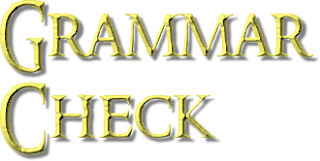Our Changing Earth
 |
| Gobi Desert - Sand Dunes |
NCERT Chapter Solutions
Q1. Answer the following questions.
(i) Why do the plates move?
Answer: The movement of molten magma inside the earth causes plates move.
(ii) What are exogenic and endogenic forces?
Answer: The forces which act in the interior of the earth are known as
endogenic forces and the forces which works on the surface of the earth are known as
exogenic forces.
(iii) What is erosion?
Answer: Erosion is a process of scrapping, scratching and grinding of surface rocks. Erosion also causes removal or transportation of weathered soil from one place to another.
(iv) How are flood plains formed?
Answer: Fine eroded soil and other materials called sediments get deposited at river banks and flood plains are formed.
(v) What are sand dunes?
Answer: Small hills of sand are called sand dunes. These sand dunes keep on moving from place to place due to fast blowing winds.
(vi) How are beaches formed?
Answer: Sediments deposited along the shores by sea waves form the beaches.
(vii) What are ox bow lakes?
Answer: Continuous erosion and deposition along the sides of the meanders causes ends of meanders loop come closer and closer. Over a long period of time, the meander loop cuts off from the river and form a cut off lake or ox bow lake.
Q2. Tick the correct answer.
(i) Which is not an erosional feature of sea waves?
(a) Cliff
(b) Beach
(c) Sea cave
Answer: (b) Beach








